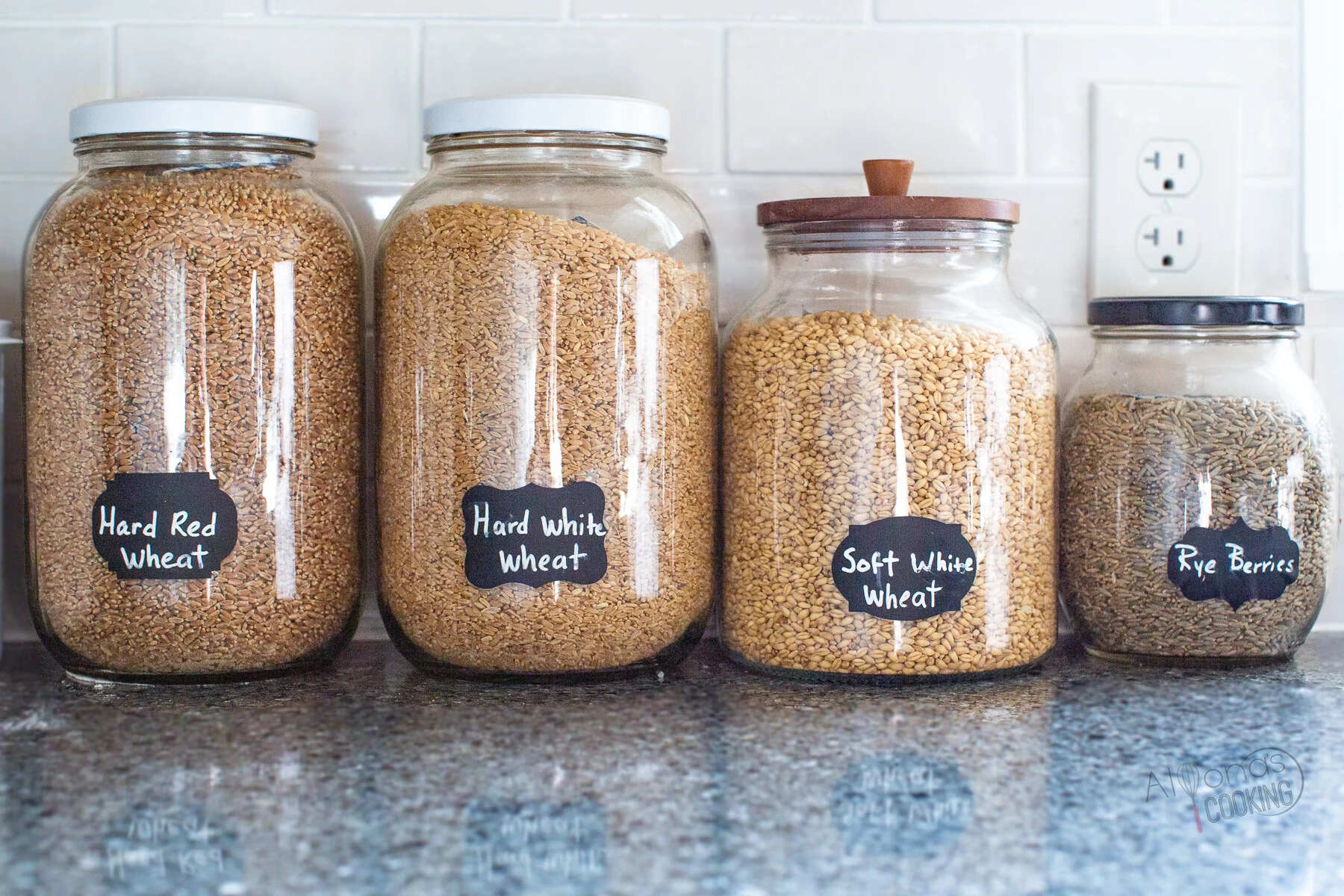

Articles
How To Store Whole Wheat Flour
Modified: December 7, 2023
Learn the best techniques for storing whole wheat flour to maintain its freshness and quality. Discover expert tips and tricks in this informative article.
(Many of the links in this article redirect to a specific reviewed product. Your purchase of these products through affiliate links helps to generate commission for Storables.com, at no extra cost. Learn more)
Introduction
When it comes to baking with whole wheat flour, proper storage is key. Whole wheat flour is susceptible to spoiling and can lose its freshness if not stored correctly. In order to maintain the quality and flavor of your whole wheat flour, it’s important to follow the right storage practices.
In this article, we will explore the importance of proper storage for whole wheat flour and provide you with useful tips on how to store it effectively. By implementing these practices, you can ensure that your whole wheat flour remains fresh and ready for use whenever you need it.
Key Takeaways:
- Proper storage of whole wheat flour is essential to maintain its freshness, flavor, and nutritional value. Choose airtight containers, keep it cool and dry, and avoid exposure to light to ensure your flour stays in optimal condition.
- Regularly check your stored whole wheat flour for signs of spoilage, such as off smells, discoloration, clumping, or pest infestations. Use it within a reasonable timeframe, consider freezing if necessary, and practice the first-in, first-out method to maximize its shelf life and quality.
Read more: How To Store Whole Wheat Flour Long Term
Importance of Proper Storage
Proper storage is crucial for preserving the quality of whole wheat flour. Unlike all-purpose flour, whole wheat flour contains the wheat germ, which is rich in natural oils. These oils can turn rancid when exposed to air, light, and heat, leading to off flavors and a shorter shelf life.
By storing whole wheat flour correctly, you can extend its shelf life and maintain its nutritional integrity. Freshly milled whole wheat flour contains the bran, germ, and endosperm, all of which contribute to its nutritional value. Proper storage practices can help retain the important vitamins, minerals, and fiber present in whole wheat flour.
Additionally, improper storage can result in the flour becoming contaminated with pests such as insects and rodents. These unwanted visitors can not only deteriorate the quality of your flour but also pose health risks.
Therefore, by understanding the importance of proper storage, you can ensure that your whole wheat flour remains fresh, flavorful, and safe for consumption.
Choosing the Right Container
When it comes to storing whole wheat flour, choosing the right container is essential. The container you use should be airtight and capable of keeping out moisture, air, and light.
Glass jars with tight-fitting lids or food-grade plastic containers with secure seals are ideal for storing whole wheat flour. These containers are resistant to moisture and air intrusion, ensuring the flour stays fresh for longer periods.
Avoid using containers made of porous materials, such as cardboard or paper, as these can absorb moisture and lead to spoilage. Additionally, metal containers may not provide a completely airtight seal, allowing air and moisture to enter.
It’s also important to choose a container that is the right size for your needs. Opt for a container that can hold the entire amount of whole wheat flour you typically use or divide it into smaller portions to minimize air exposure. This will help maintain the flour’s freshness and prevent it from going stale.
Remember to label your container with the date of purchase or the milling date. This will help you keep track of the flour’s freshness and consume it within a reasonable time frame.
Keeping Flour in a Cool and Dry Place
One of the key factors in storing whole wheat flour is ensuring it is kept in a cool and dry place. Heat and moisture can accelerate the deterioration of the flour, leading to a loss of quality and freshness.
It is recommended to store whole wheat flour in a pantry or cupboard away from direct sunlight and heat sources. Excessive heat can cause the natural oils in the flour to go rancid and spoil the taste. Keep in mind that temperature fluctuations should also be minimized, as they can affect the quality of the flour.
Humidity is another enemy of properly stored flour. Moisture in the air can lead to clumping and spoilage. To combat this, make sure to store the flour in a dry environment, preferably with humidity levels below 50%. Using a dehumidifier in the storage area can also help in keeping the moisture levels low.
If you live in a particularly humid climate, storing the flour in the refrigerator or freezer can be a viable option. However, it’s important to note that frequent temperature changes can result in condensation, which can lead to moisture buildup within the container. To prevent this, ensure the flour is tightly sealed in an airtight container and allow it to come to room temperature before opening to avoid introducing moisture.
By maintaining a cool and dry environment for your whole wheat flour, you can significantly extend its shelf life and preserve its quality.
Avoiding Exposure to Light
Another crucial aspect of storing whole wheat flour is protecting it from exposure to light. Light can degrade the quality of the flour, leading to a loss of nutrients, off flavors, and discoloration.
When exposed to light, especially direct sunlight, the natural pigments in the flour can break down and result in a yellowish or grayish color. Additionally, the exposure to UV rays can cause oxidation of the oils present in the wheat germ, leading to rancidity and a stale taste.
To prevent light exposure, store your whole wheat flour in an opaque container or keep it in a dark pantry or cupboard. Avoid glass containers if they are exposed to direct light, as the transparency can allow UV rays to reach the flour.
If you have purchased whole wheat flour in a translucent or clear packaging, transfer it to an airtight opaque container as soon as possible to protect it from light. This will help preserve the freshness and quality of the flour.
Remember to always handle the flour container with clean, dry hands and avoid placing it near bright sources of light in the storage area. By minimizing light exposure, you can ensure that your whole wheat flour remains flavorful and nutritious.
Store whole wheat flour in an airtight container in a cool, dark place, such as a pantry or cupboard. This will help to preserve its freshness and prevent it from going rancid.
Read more: How To Store Wheat Flour For Long Time
Sealing the Container Properly
Properly sealing the container is an essential step in storing whole wheat flour. The goal is to create an airtight seal to prevent air, moisture, and pests from entering and compromising the quality of the flour.
When choosing a container, opt for one with a secure and tight-fitting lid or seal. Ensure that the lid is in good condition without any cracks or gaps that could allow air or moisture to enter. A rubber gasket or silicone seal on the lid can provide an extra layer of protection against air leakage.
Before sealing the container, make sure the flour is completely cool and free from any moisture. Even a small amount of moisture can lead to clumping or spoilage. If you are transferring the flour from its original packaging, use a clean, dry spoon or scoop to avoid introducing moisture.
After filling the container with the whole wheat flour, press down firmly on the lid to create a tight seal. If necessary, you can also use food-grade plastic wrap or aluminum foil to cover the container before closing the lid for added protection against air and moisture.
Store the sealed container in an upright position to prevent any accidental spills or leaks. It’s also a good practice to periodically check the container for any signs of damage or wear and replace it if needed.
By sealing the container properly, you can keep your whole wheat flour fresh, free from contaminants, and maintain its optimal quality for an extended period.
Checking for Signs of Spoilage
It’s important to regularly check your stored whole wheat flour for signs of spoilage to ensure its freshness and quality. Here are some telltale signs to look out for:
- Off smell: Give the flour a sniff. If you detect a musty or rancid odor, it may indicate that the flour has gone bad. Fresh whole wheat flour should have a mild, nutty aroma.
- Discoloration: Visually inspect the flour for any signs of discoloration, such as a grayish or yellowish hue. Fresh whole wheat flour should be light brown in color.
- Clumping: Check if the flour has formed clumps or hardened. Moisture is often the cause of clumping, and it can lead to spoilage. The flour should be free-flowing and easily sifted.
- Pest infestation: Look for any signs of pests, such as insects or rodents, in and around the storage area. These unwanted visitors can contaminate the flour and render it unfit for consumption.
- Taste test: If everything looks and smells okay, you can conduct a taste test to ensure the flour hasn’t gone bad. Take a small amount and taste it. Fresh whole wheat flour should have a slightly sweet and nutty flavor.
If you notice any of these signs of spoilage, it’s best to discard the flour and replace it with a fresh batch. Consuming spoiled flour can lead to unpleasant flavors, reduced nutritional value, and potential health risks.
Remember, proper storage practices can help prevent spoilage, but it’s always important to regularly check your stored flour for any changes or indications of spoilage.
Other Tips for Storing Whole Wheat Flour
In addition to the key practices mentioned earlier, here are some additional tips to help you store whole wheat flour effectively:
- Use it within a reasonable timeframe: Whole wheat flour has a shorter shelf life compared to refined flour due to its higher oil content. It’s best to use the flour within 3-6 months of purchase or milling to ensure optimal freshness.
- Consider freezing: If you anticipate not using the whole wheat flour for an extended period, consider freezing it. Transfer the flour to a freezer-safe, airtight container and store it in the freezer for up to 12 months. Thaw the flour at room temperature before using it.
- Practice first-in, first-out: When storing multiple batches of whole wheat flour, practice the first-in, first-out method. This means using the oldest batch of flour before opening a new one. This ensures that you are consistently using the oldest flour and prevents any old flour from going to waste.
- Avoid overstocking: While it may be tempting to buy in bulk, it’s important not to overstock on whole wheat flour if you don’t have adequate storage space. Buying only what you need will help ensure you can consume it within a reasonable timeframe and prevent deterioration.
- Keep it away from strong odors: Whole wheat flour can absorb strong odors from other foods in the storage area, resulting in unpleasant flavors. Keep the flour away from strong-smelling items like spices or cleaning products.
- Consider storing in smaller portions: If you don’t use whole wheat flour frequently, consider dividing it into smaller portions and storing them separately. This reduces the frequency of opening and closing the main storage container, minimizing the exposure to air and moisture.
By following these additional tips, you can maximize the shelf life and quality of your whole wheat flour, ensuring that it remains fresh and suitable for all your baking needs.
Conclusion
Proper storage is crucial for maintaining the freshness, quality, and nutritional value of whole wheat flour. By implementing the right practices, you can ensure that your flour remains in optimal condition for all your baking endeavors.
Choose airtight containers made of glass or food-grade plastic to keep the flour safe from air, moisture, and pests. Store the flour in a cool, dry place, away from direct sunlight and heat sources. Avoid exposure to light, as it can lead to discoloration and rancidity.
Seal the container properly to create an airtight environment that prevents air and moisture from entering. Regularly check the flour for signs of spoilage, such as off smells, discoloration, clumping, or pest infestations.
Remember to use the flour within a reasonable timeframe and consider freezing it if not used for an extended period. Practice the first-in, first-out method to use older batches first and avoid overstocking.
By following these tips, you can ensure that your whole wheat flour remains fresh and full of flavor, allowing you to create delicious and nutritious baked goods. So, take the necessary steps to store your whole wheat flour properly and enjoy the benefits it brings to your culinary adventures.
Frequently Asked Questions about How To Store Whole Wheat Flour
Was this page helpful?
At Storables.com, we guarantee accurate and reliable information. Our content, validated by Expert Board Contributors, is crafted following stringent Editorial Policies. We're committed to providing you with well-researched, expert-backed insights for all your informational needs.
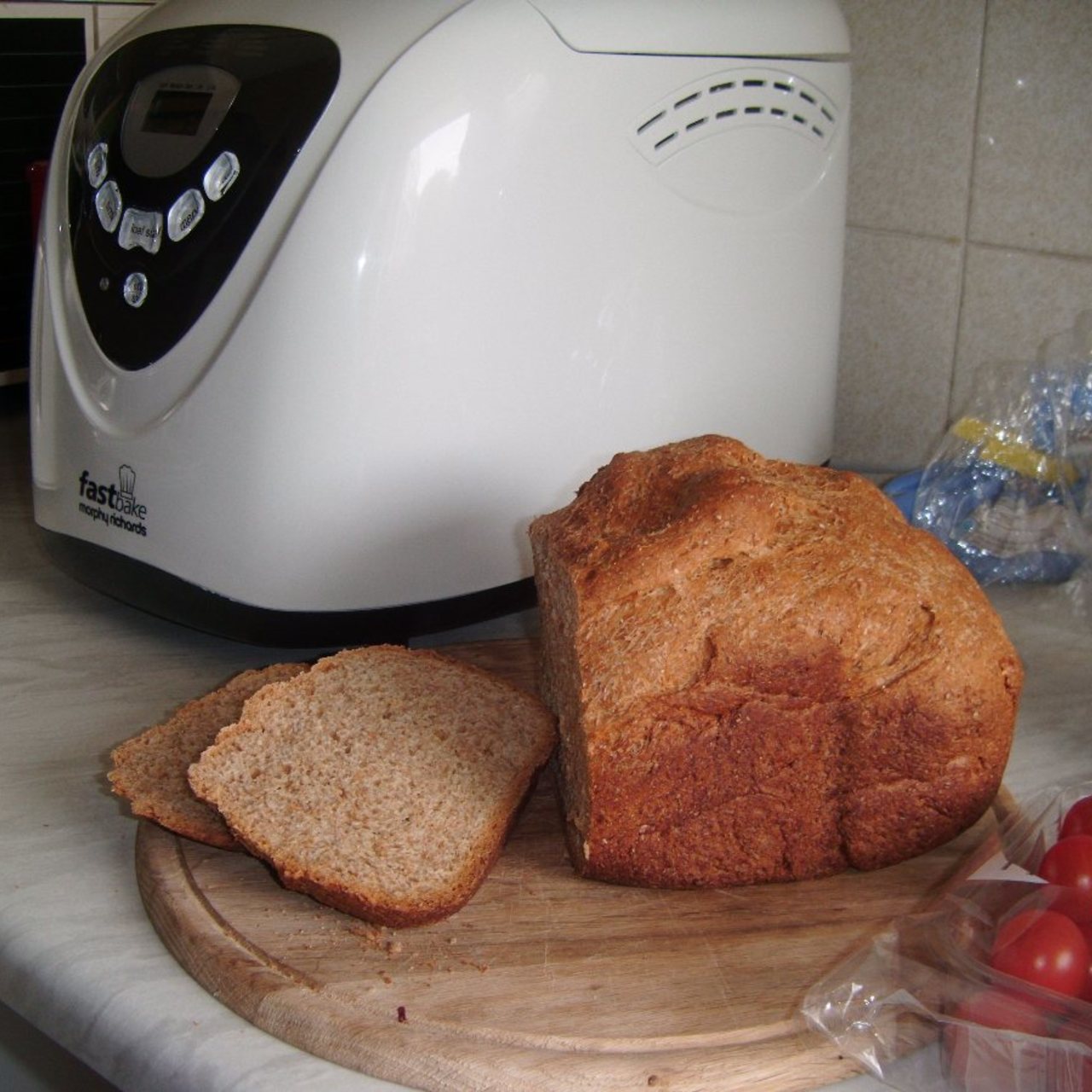
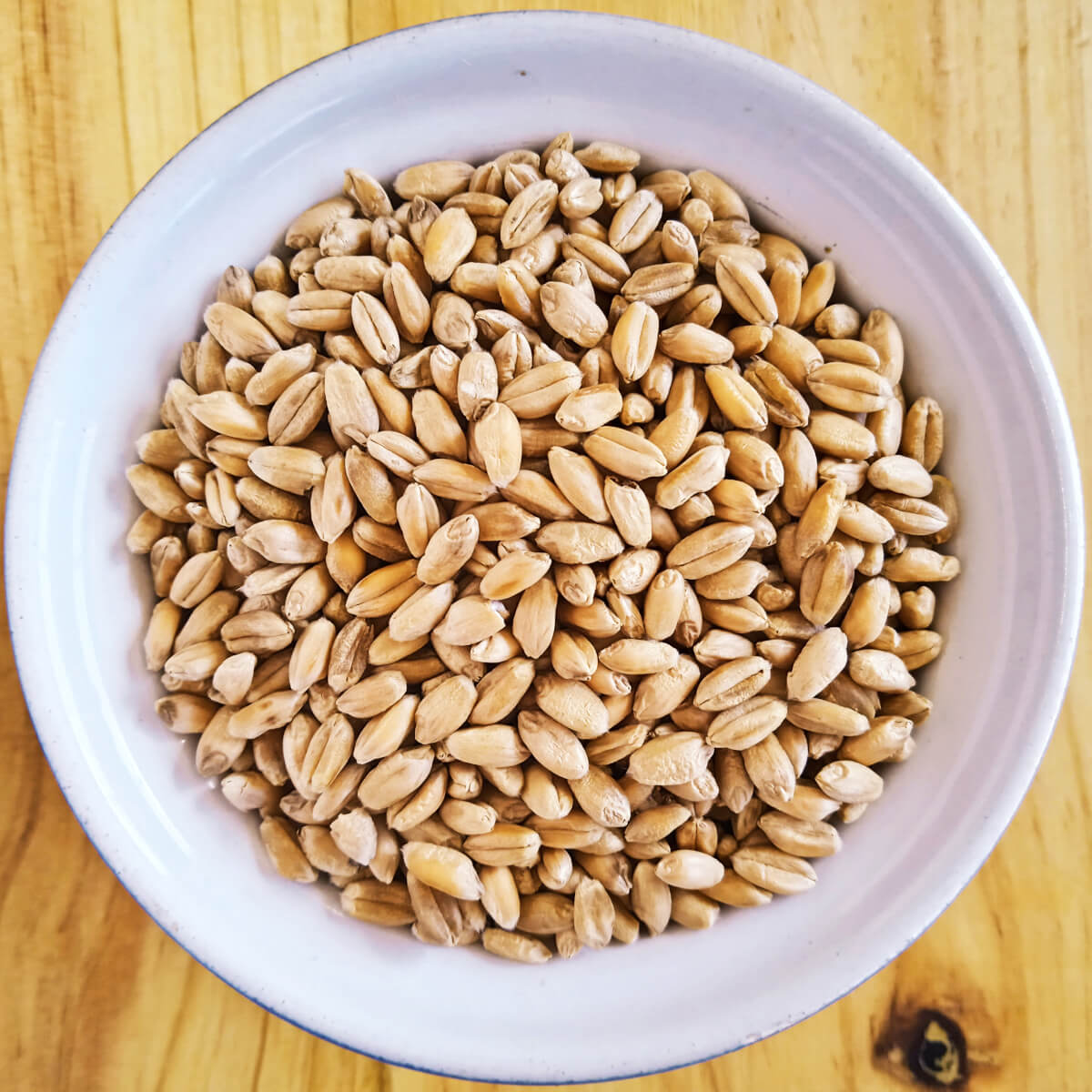

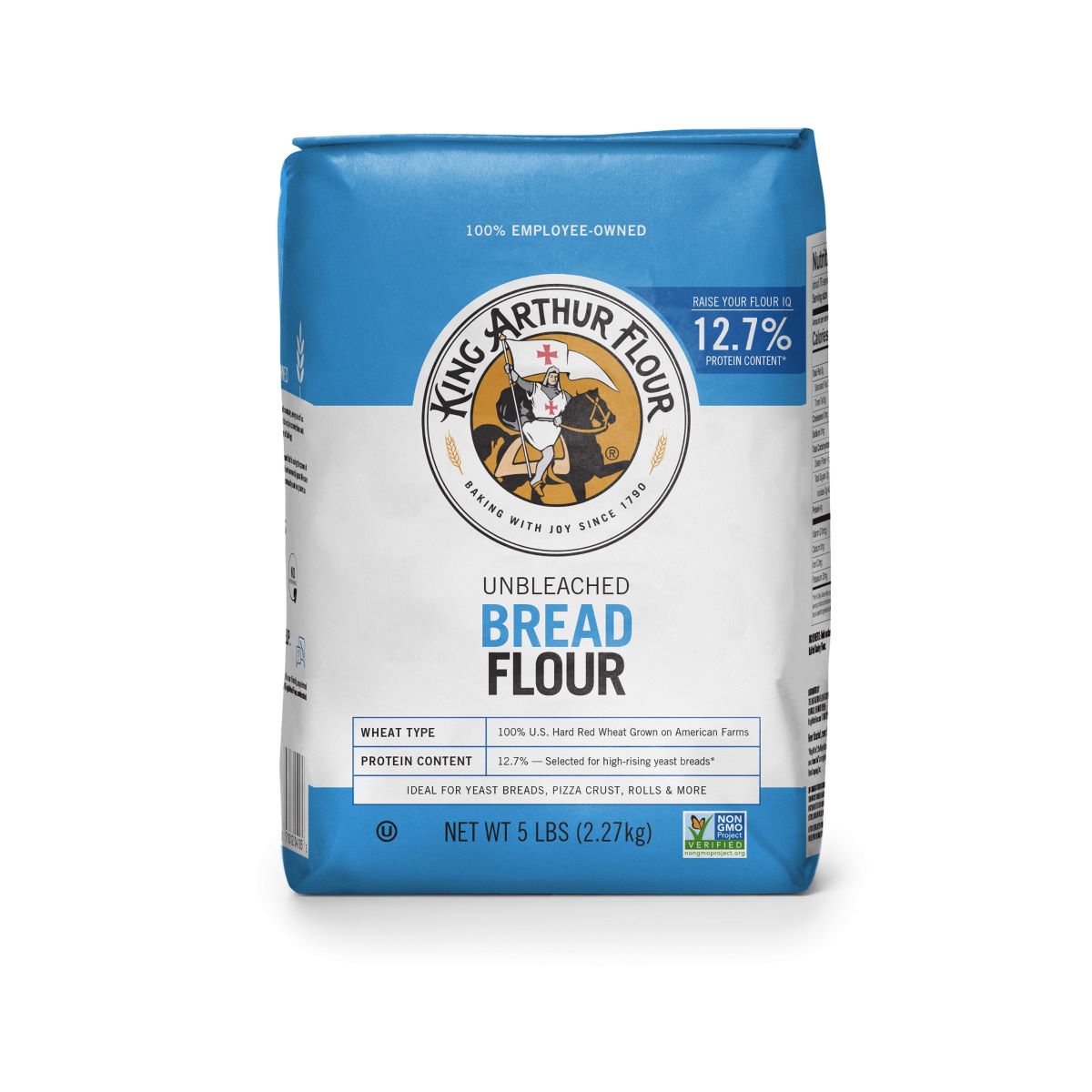
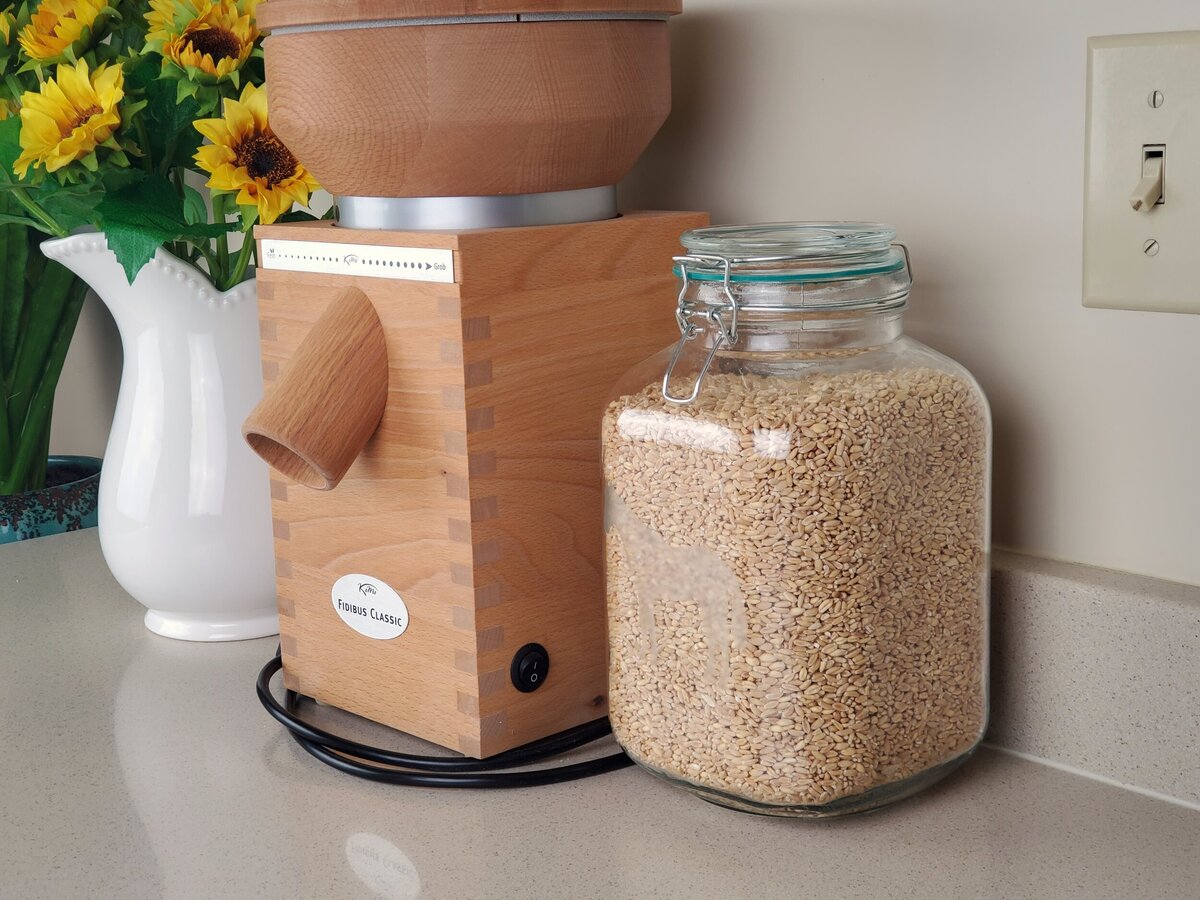

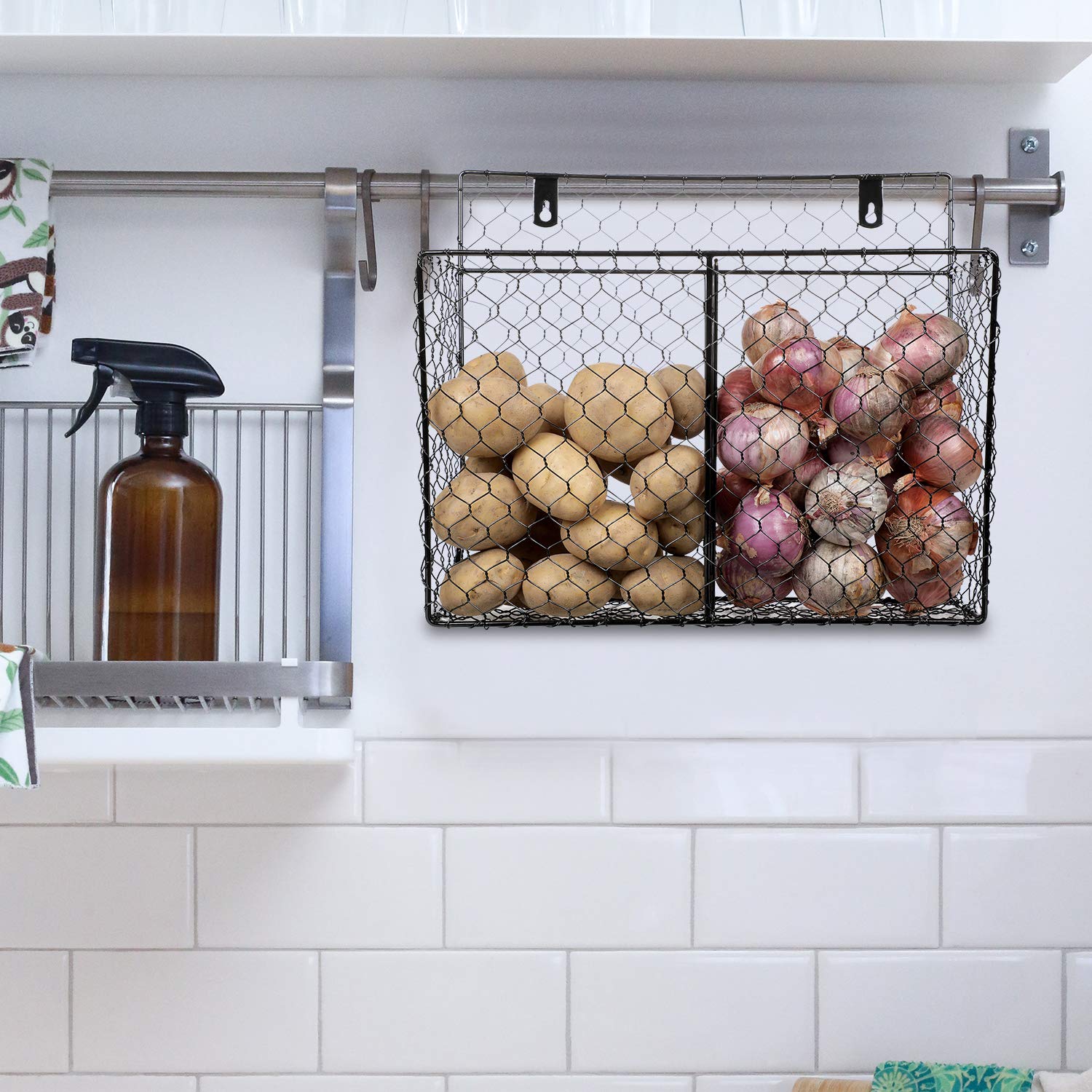
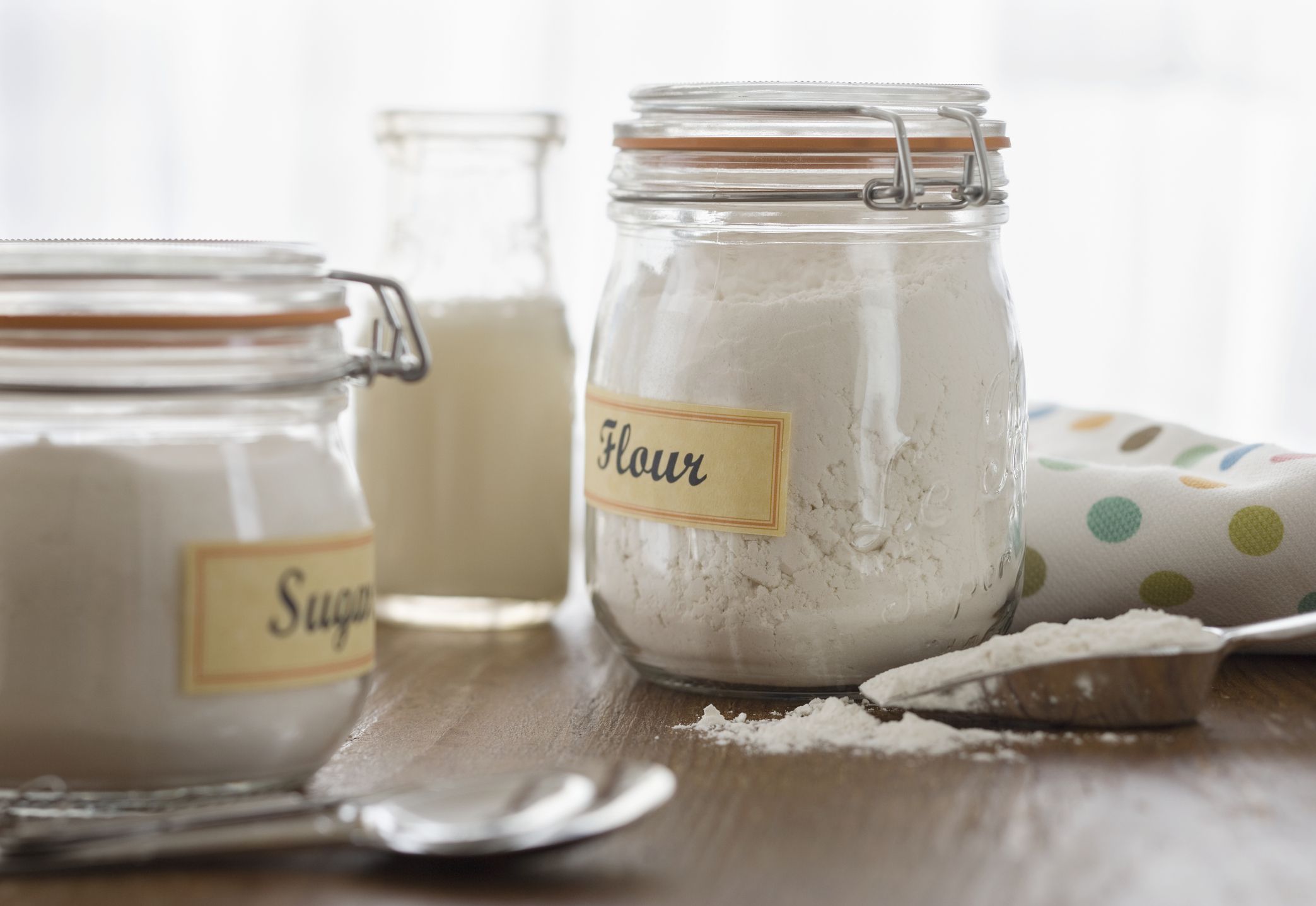
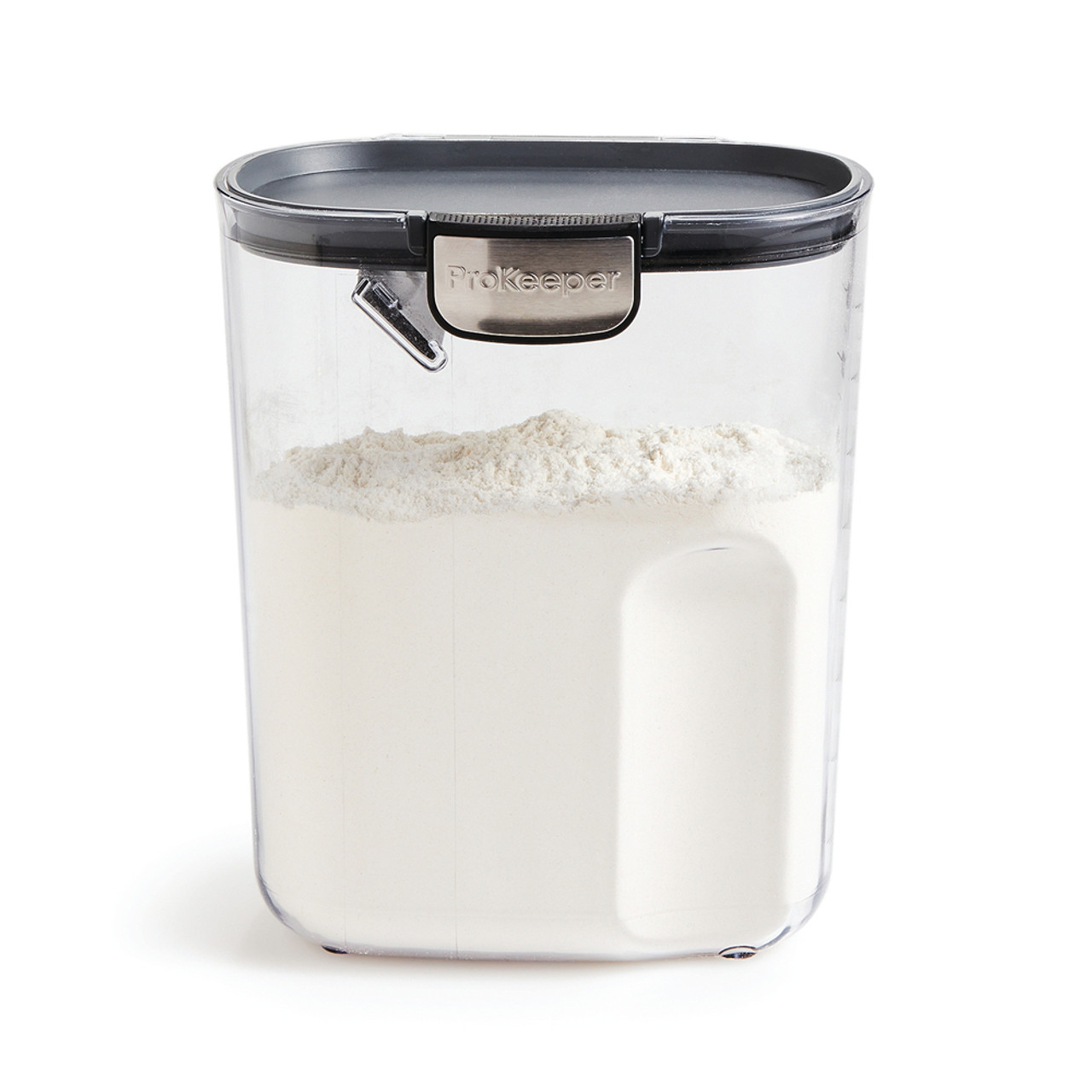
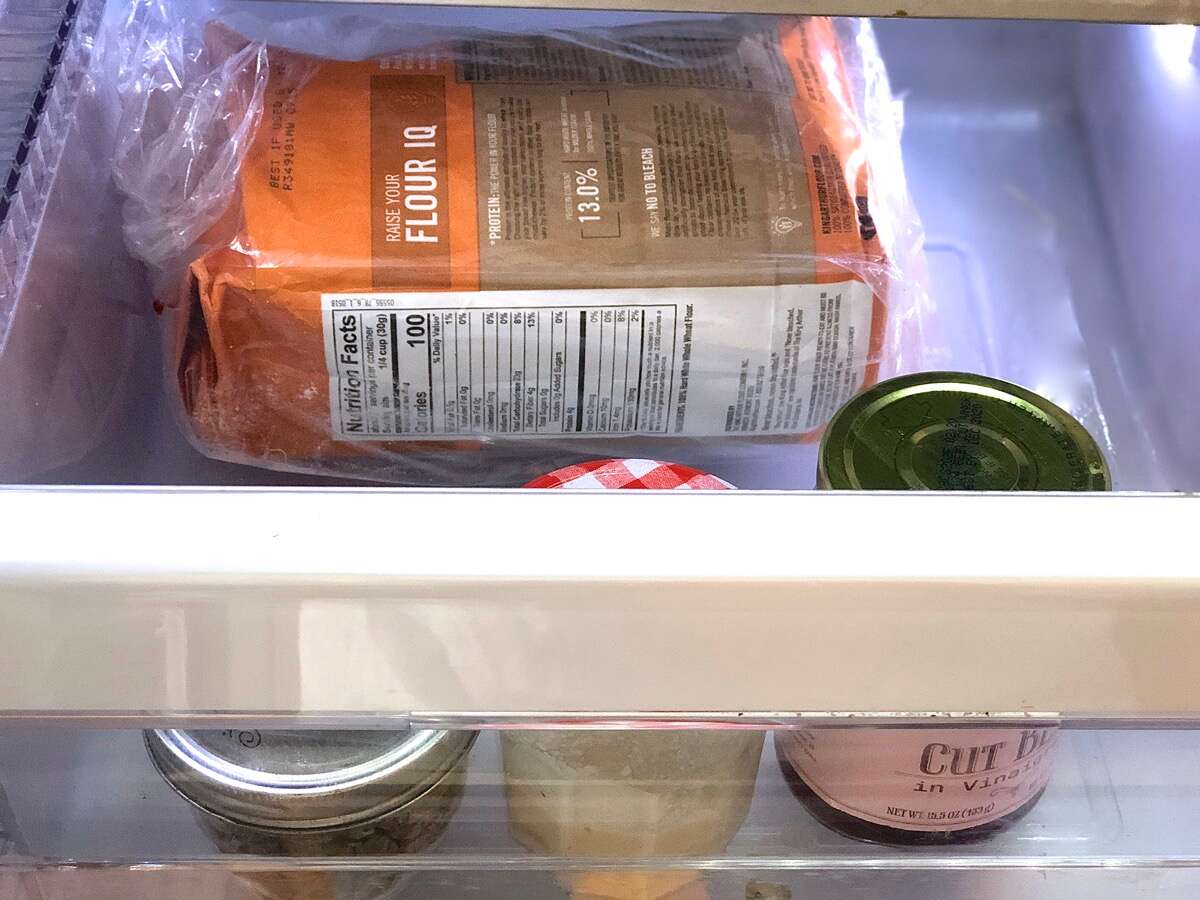
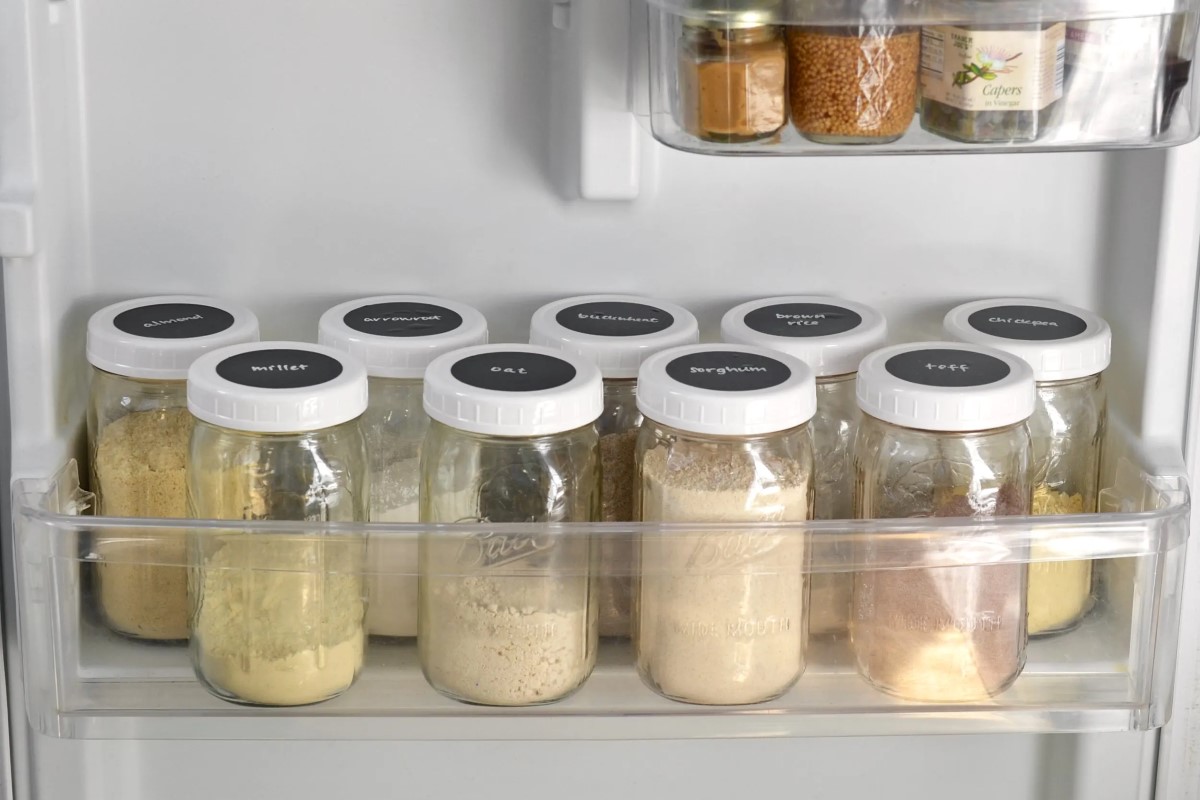
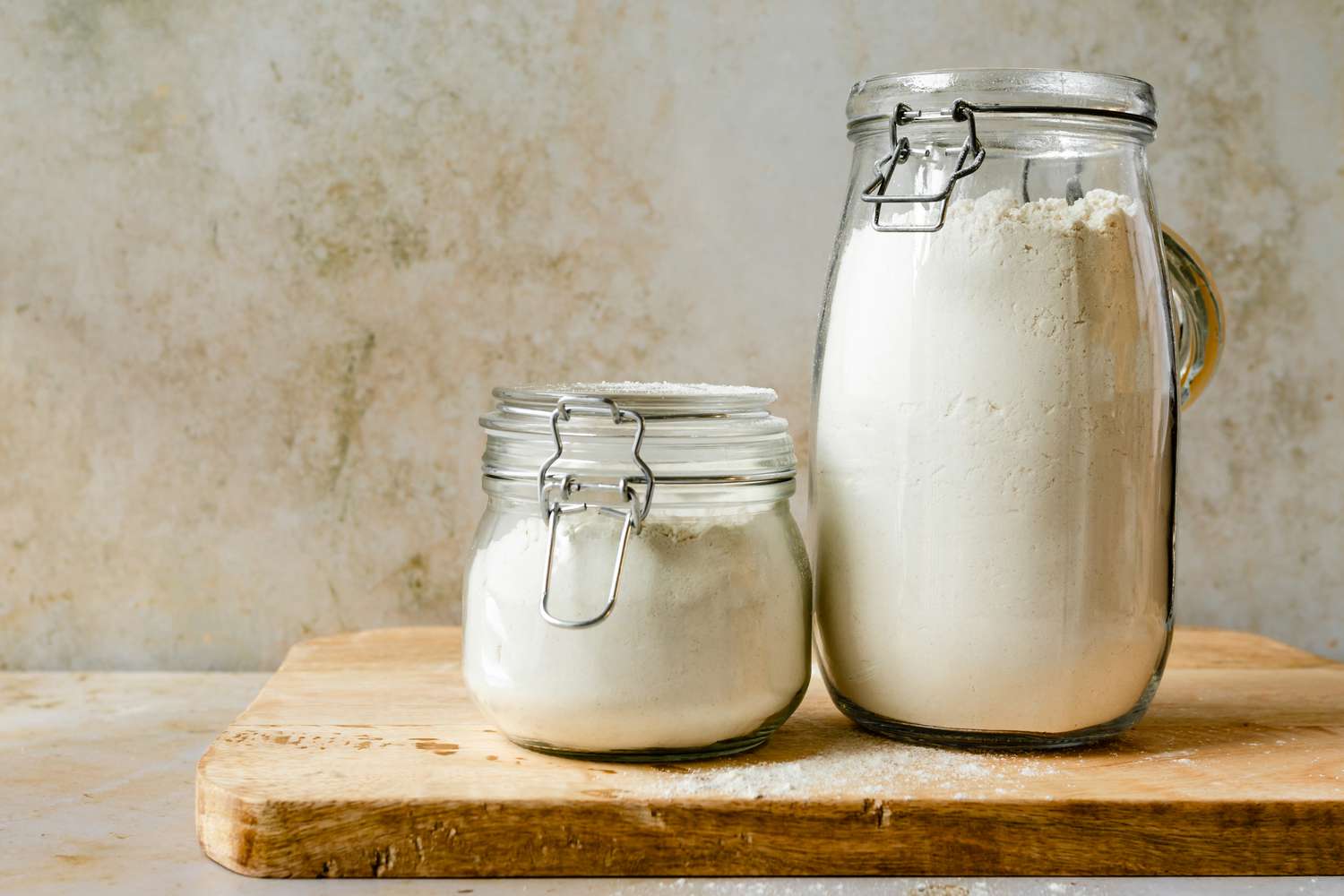
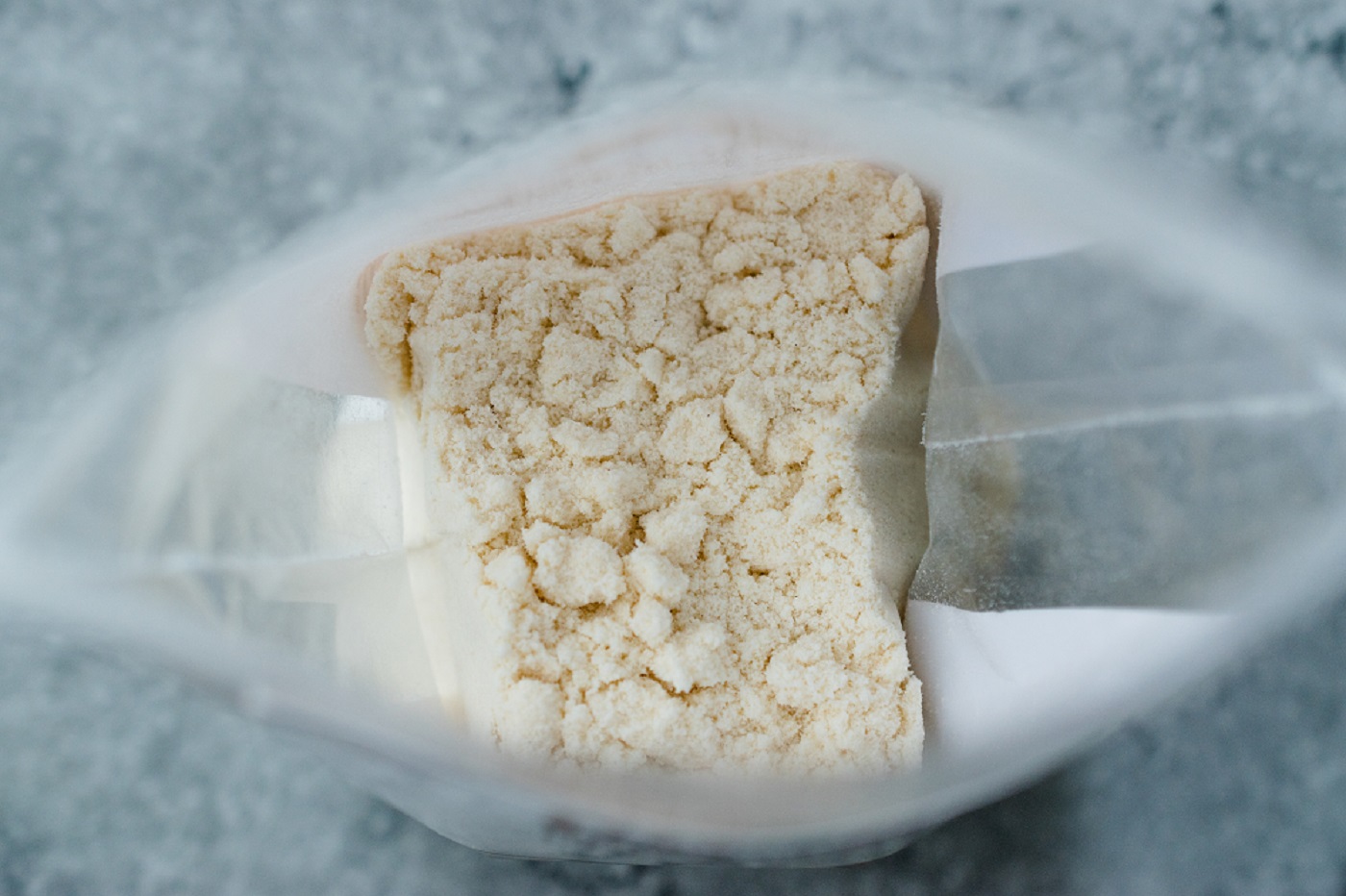
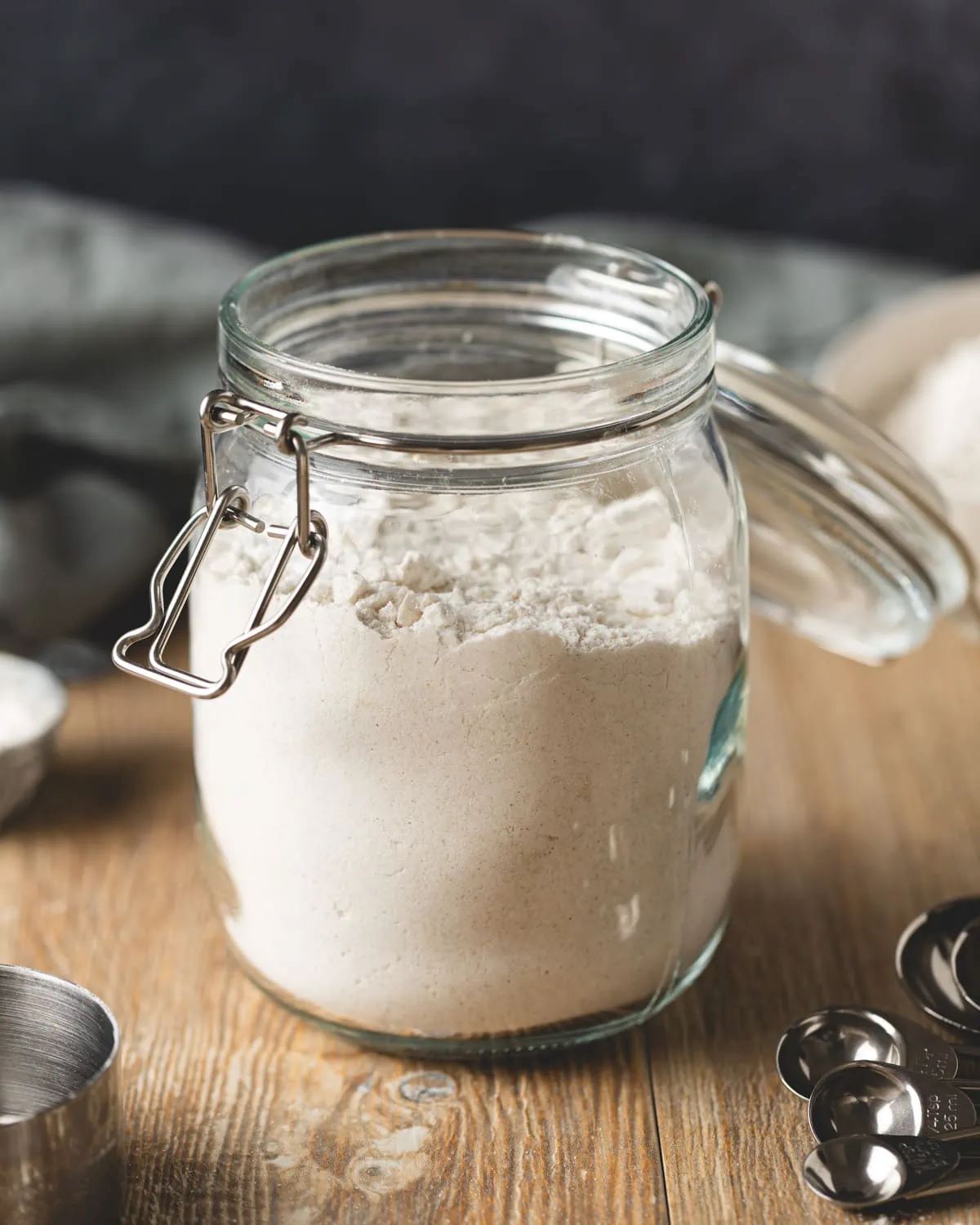

0 thoughts on “How To Store Whole Wheat Flour”